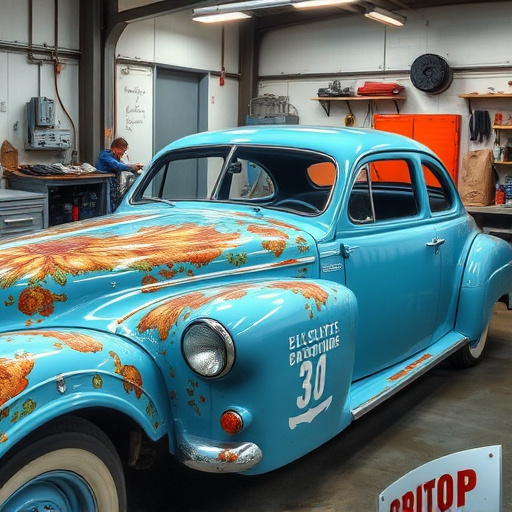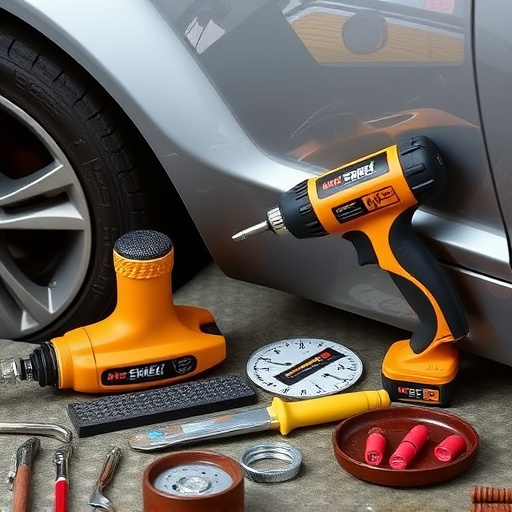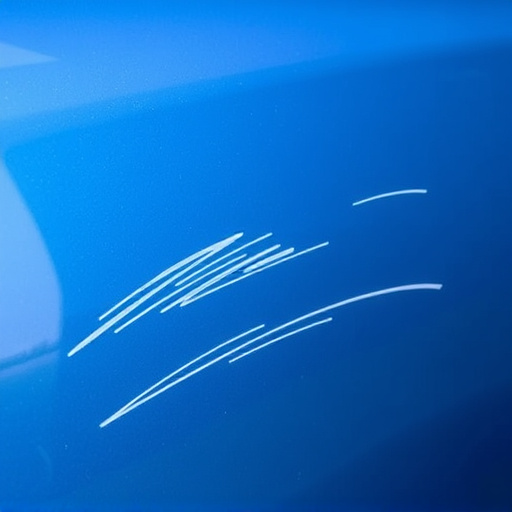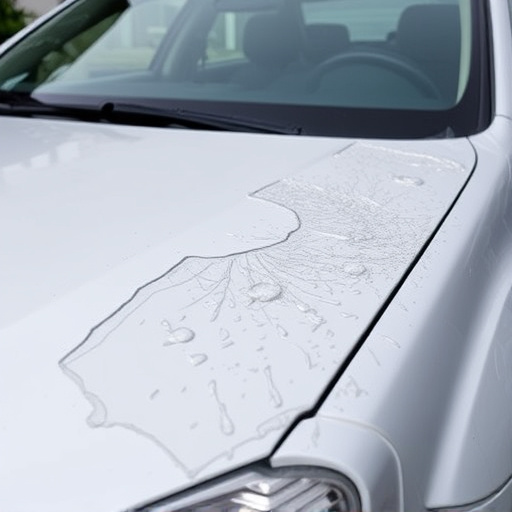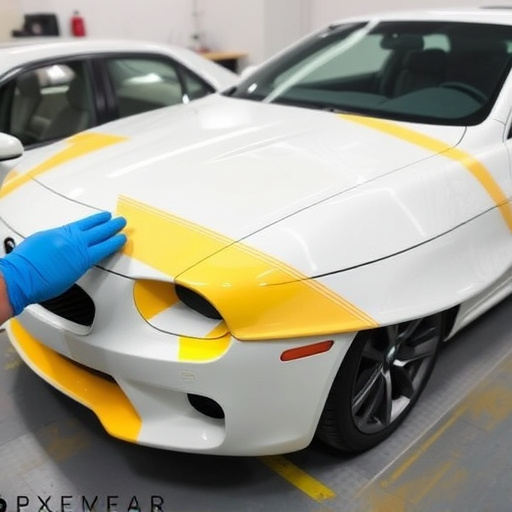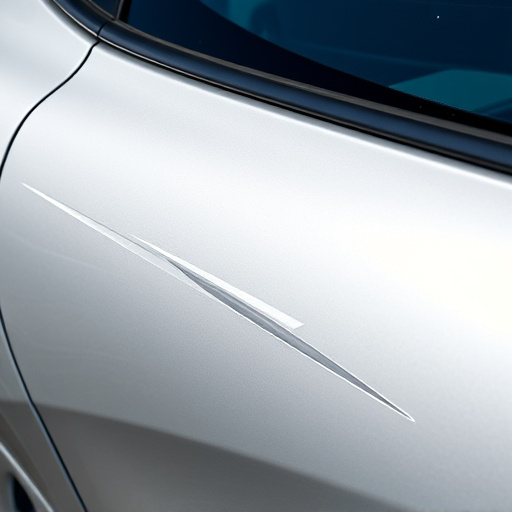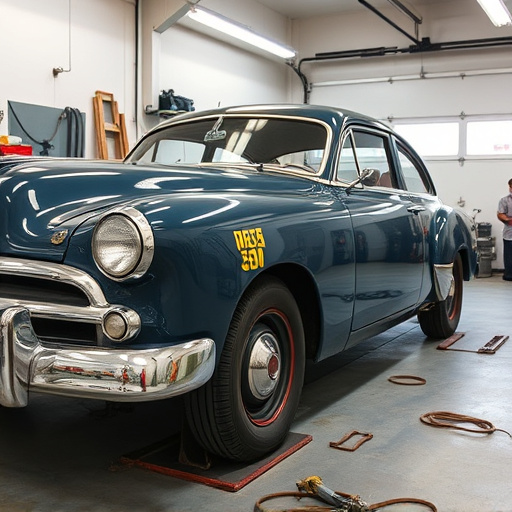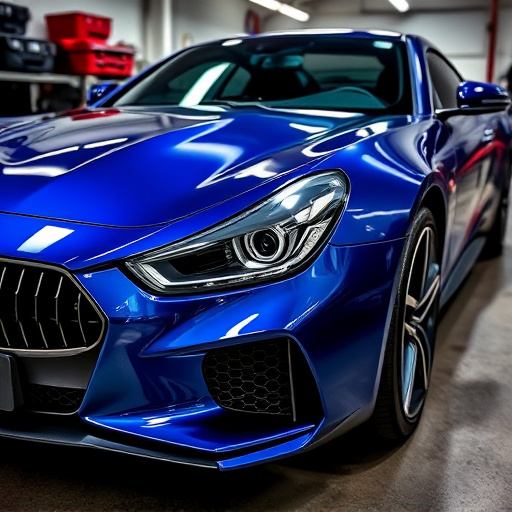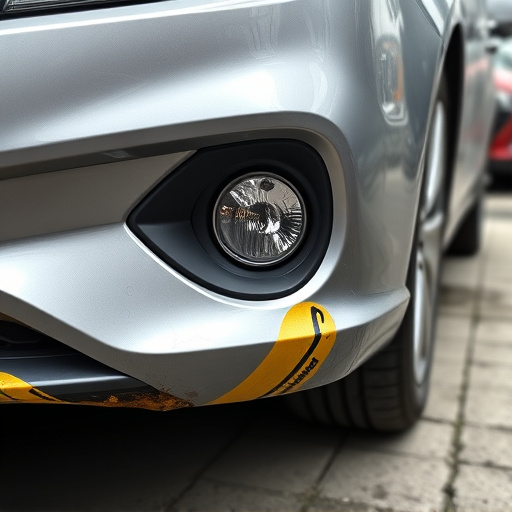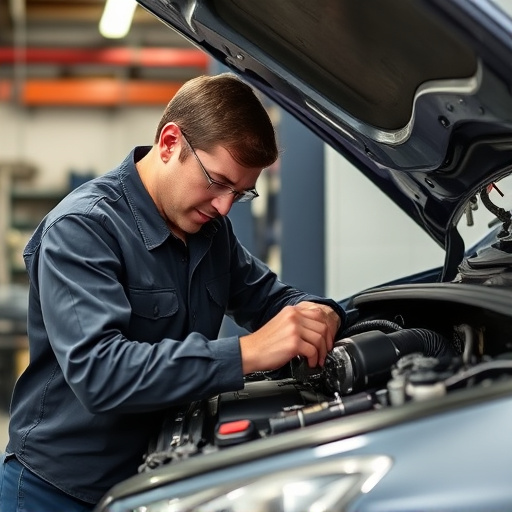When replacing car windows, opt for high-quality automotive tinting films that offer superior UV protection, heat resistance, and fade prevention. These advanced materials ensure your window tint maintains aesthetics and effectiveness over time. Post-replacement care, including regular washing and shaded parking, slows UV deterioration. Professional installation by skilled technicians is crucial for precise cutting and factory-like finishes, avoiding DIY issues. Integrating window tinting into a broader car body restoration strategy keeps tinted windows functional and aesthetically pleasing.
Uncover the secrets to keeping your window tint looking pristine after replacement with our comprehensive guide. We delve into seven crucial aspects, ensuring you make informed choices. From selecting the ideal tint film that offers lasting protection against UV rays to professional installation techniques and regular maintenance rituals, this article is your go-to resource for optimal results. Learn how to navigate the process effectively and revel in beautifully maintained tinted windows.
- Choosing the Right Window Tinting Film for Longevity
- – Factors to consider when selecting tint film post-replacement
- – Tips on understanding UV protection and its impact on maintenance
Choosing the Right Window Tinting Film for Longevity
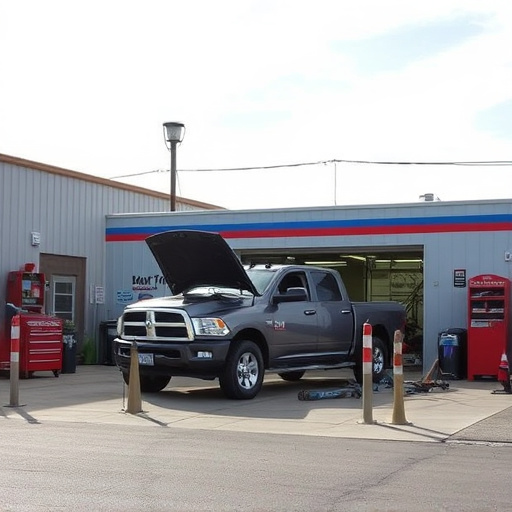
When it comes to maintaining your window tint after a replacement, selecting the appropriate tinting film is a crucial step. The market offers various options, each with distinct properties and levels of durability. For longevity, opt for high-quality films designed specifically for automotive applications. These advanced materials are crafted to withstand extreme temperatures, UV rays, and the rigours of daily driving, ensuring your tint remains effective for an extended period.
Choosing the right film involves considering factors like sun protection, visual appeal, and ease of installation. Modern tinting films often incorporate innovative technologies, such as infrared and ultraviolet blocking, which not only protect your skin from harmful rays but also prevent fading and degradation of the tint over time. This is especially important after a vehicle collision repair or auto body work, where the window areas may have been compromised.
– Factors to consider when selecting tint film post-replacement
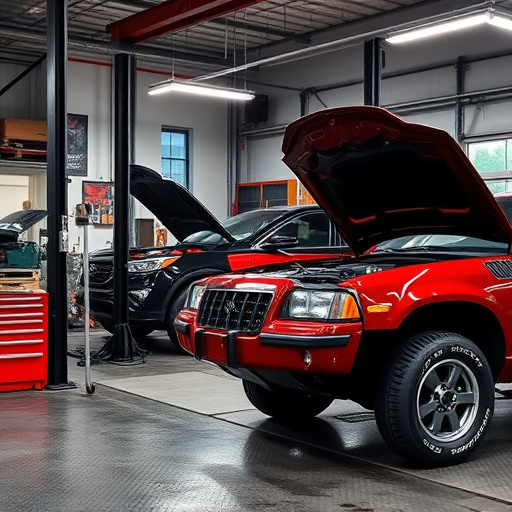
When considering window tinting after a replacement, several factors come into play to ensure you get the best results. First, choose a high-quality tint film that aligns with your desired level of darkness and visual appeal. Top-tier films offer better protection against UV rays, heat, and fading, ensuring your windows maintain their appearance over time. Additionally, consider the type of vehicle you have, as different models may require specific cutting patterns to fit seamlessly without distorting the original design.
Another crucial aspect is professional installation. Skilled technicians can accurately measure and cut the film, ensuring a precise fit that avoids bubbles, wrinkles, or gaps. They also understand the nuances of your car’s curves and window angles, resulting in a factory-like finish. Moreover, proper application involves cleaning and preparing the glass to achieve optimal adhesion, which is essential for preventing the tint from peeling or bulging over time—a common issue when DIY methods are employed, especially with auto body painting and fender repair projects in mind.
– Tips on understanding UV protection and its impact on maintenance

Understanding UV protection is key to maintaining your window tint after replacement. Ultraviolet (UV) rays from the sun can degrade tint over time, leading to fading and loss of effectiveness. High-quality tint films often include UV inhibitors that act as a shield against these harmful rays, protecting not only your car’s interior but also preserving the vibrancy of your tint. Look for films with higher UV protection ratings (UPF) for longer-lasting results.
Remember, proper care after replacement is equally important. Regular washing and detailing will help keep your tint looking its best. Avoid using harsh chemicals or abrasive cleaners that could damage the film. Additionally, parking in shaded areas during intense sunlight periods can slow down UV deterioration. Thinking of it as part of a broader car body restoration strategy – including regular auto dent repair and auto body restoration – will ensure your tinted windows remain not just functional but also aesthetically pleasing for years to come.
Maintaining your window tinting after replacement is key to preserving its effectiveness and aesthetic appeal. By carefully choosing the right tint film, understanding UV protection, and adopting proper care practices, you can ensure your tinted windows stay in top condition for years to come. Remember, regular cleaning, prevention from harsh chemicals, and staying informed about environmental factors will contribute significantly to the longevity of your window tinting.
